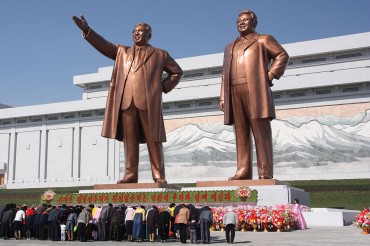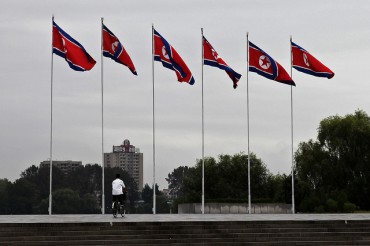
The proportion of one-person households in South Korea reached another high of 34.5 percent in 2022. (Image courtesy of Yonhap)
SEOUL, Dec. 12 (Korea Bizwire) — The proportion of one-person households in South Korea reached another high of 34.5 percent in 2022 amid rapid aging and an increasing number of young people delaying marriage, the statistics agency said Tuesday.
Households with a single member accounted for 34.5 percent of households in South Korea last year, up from the previous year’s 33.4 percent, according to the data from Statistics Korea.
It marked the largest proportion since 2015 when the agency began compiling relevant data.
The sheer number of the country’s single-person families also reached an all-time high of 7.5 million in 2022, up 4.68 percent from 7.16 million a year earlier.
Two-member households came next with 28.8 percent of the total, or 6.26 million families, followed by three-member households taking up 19.2 percent and four-member families with 17.6 percent, the data showed.
The proportion of two-member households inched up on-year, while that for three- and four-member families fell by 0.2 percentage point and 1.2 percentage points, respectively.
South Korea has seen a constant rise in the number of one-person households since 2015 when the country had 5.2 million single-member families, which accounted for 27.2 percent of the total. In 2019, the percentage topped 30 percent for the first time.
Of the total single-member households, people in their 20s accounted for the largest share of 19.2 percent last year, followed by people in their 70s with 18.6 percent and those in their 30s with 17.3 percent, the data showed.
Among women, those aged 70 and older living alone accounted for the largest share of 27.9 percent, followed by those in their 20s with 18.9 percent. In the case of men, 22 percent, or the largest proportion, were those in their 30s, followed by those in their 20s with 19.5 percent.
The data is yet another reminder of the country’s grim demographic changes, where more young people opt to postpone or give up on marriage amid changes in social norms and such economic conditions as a tough job market and the surge in home prices, resulting in a constant fall in the already-low birthrate.
South Korea has also experienced rapid aging and it is expected to become a super-aged society in 2025, where the proportion of those aged 65 and older hits 20 percent of the population.
Annual income earned by one-person households amounted to 30.1 million won (US$22,791) in 2022, and the comparable figure for all households came to 67.62 million won, the data showed.
One-person households held an average of 295 million won in assets as of 2023, and their financial debt averaged 36.51 million won.
The average assets of all households came to 527 million won and average debt stood at 91.86 million won, the data showed.
(Yonhap)






